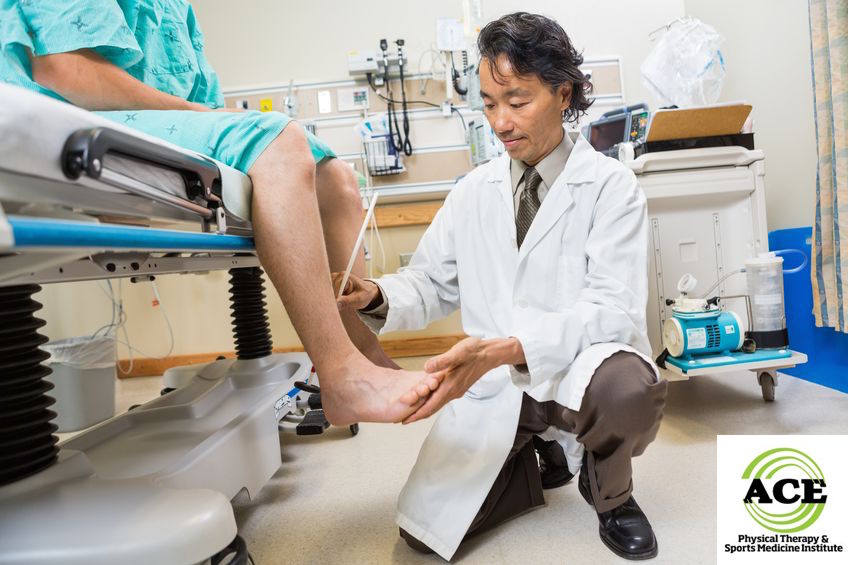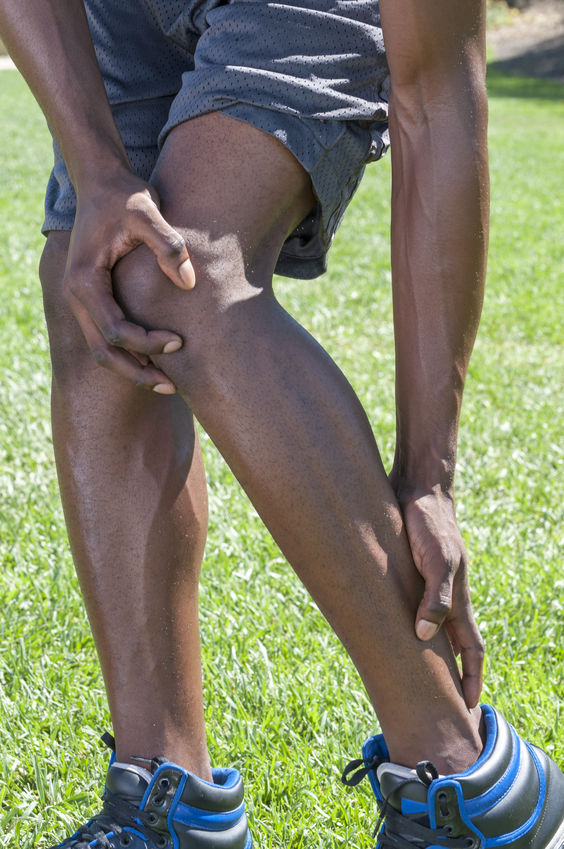ACHILLES TENDON LENGTHENING
Achilles Tendon Lengthening
by ACE Physical Therapy and Sports Medicine Institute
Tips for Achilles Tendon Lengthening.
- Calf stretching should be performed with a straight and bent knee.
- Prolonged stretches are most effective when stretching tendons. Their consistency is more like leather than rubber bands.
- Calf muscles can be manually massaged to address tight areas or trigger points.
- Neurological conditions that lead to this condition can be treated without surgery in many instances.
- Seek the advice and treatment from a qualified Physical Therapist if you have Achilles tendon pain or movement restrictions.
A tight Achilles tendon can prevent full motion in the foot and ankle complex, keeping the heel from touching the floor when walking. This results in excessive pressure on the forefoot, causing pain (in foot, leg, and back), stress fractures and even skin ulcers. Medical professionals address this problem by Achilles tendon lengthening. Depending on the condition, there are several options to correct this issue.
Injury and a Tight Achilles Tendon
The Achilles tendon is one of the largest tendons in the body. It controls the way we move because it is the attachment of the calf muscles to the foot. The Achilles tendon is responsible for transferring the force that the calf muscles generate to the bones of the foot and ankle complex. Once injured, the Achilles tendon can cause major problems in movement.
In rare instances, the tendon does not regain its normal length following an injury and in some neurological conditions the foot and ankle complex are “fixed” in a position that will not allow the heel bone (calcaneus) to touch the floor when someone tries to walk. Many patients can recover full motion through aggressive Physical Therapy, but in some cases surgery is required.
Achilles Tendon Lengthening Through Physical Therapy
This is the most conservative and non-invasive way to treat this condition. The therapist will design a rehabilitation program that will address the strength and flexibility of the ankle. Any muscle or group of muscles that is “tight” or “over-stretched” will be weak and will need to be strengthened. The therapist will use manual stretching techniques to attempt to reduce the severity of the “tight” tissue in the calf. Many times there are trigger points located throughout the gastrocnemius and soleus (calf muscles) that can limit the pliability of the soft tissues of ankle. If the trigger point is treated and “released” there is usually an improvement of flexibility of the involved joint (s) of the foot and ankle complex.
Achilles Tendon Lengthening Through Surgery
If physical therapy does not resolve the issue, a surgeon might determine that the only solution to the problem will be to surgically lengthen the Achilles tendon. The procedure will involve several (3) incisions into the tendon through approximately 50% of the tendon’s mass. After surgery, foot and ankle are secured in a neutral position and placed in a cast for 6-8 weeks to begin the healing process. An extensive physical therapy rehabilitation program follows the initial healing in order to re-develop the strength and gain the remaining motion that is not obtained by the surgical procedure alone.
Lengthening the Achilles tendon is a procedure that can be performed to normalize the anatomical alignment of the foot and ankle complex. Fortunately surgery is not required very often and an aggressive physical therapy rehabilitation program can accomplish the task of producing normal motions in the involved ankle. Surgery is the last and most drastic option but it combined with a thorough physical therapy rehabilitation program can restore the normal motion and function on the involved foot and ankle.
Read more articles on our main website blog at: ACE-pt.org/blog
Vist our main website at www.ACE-pt.org


